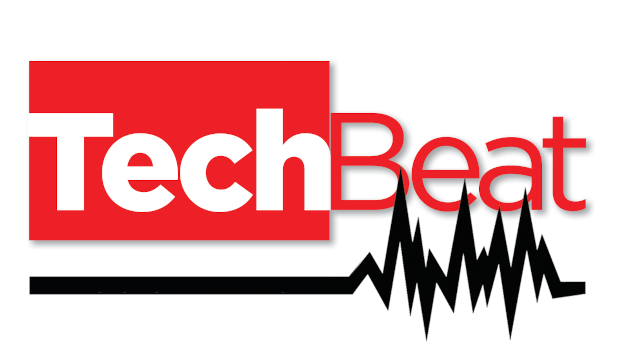Access to information is critical to support the new work styles, and respondents indicated that a strong 1 in five had near instant results when searching for documents, while more than a third (37%) said that colleagues spent up to an hour weekly searching for such resources. A quarter put that figure at up to 2 hours, while 14% said that could be up to 4 hours.
“The average amount of time spent by office-based colleagues searching for business documents is 73 minutes. The last time we carried out this research with TechPro in 2013, the average was 58 minutes – so we have seen a 25% increase in wasted time over this period,” said Hopwood.

What are the biggest barriers to work style and digital transformation in your organisation? (top 3)
“While 73 minutes may not seem like a huge amount of time per employee per week, it is still time that is being completely wasted and there’s a huge cost in terms of lost productivity. It amounts to almost 7 days per worker per year. For an organisation of 300 employees – that’s over 2,000 working days lost to the company annually.
“These figures are completely unacceptable at a time when systems and tools are widely available to ensure instant access to company data and documents.”
Delving further, the survey asked about IT’s visibility of business documents created and held across the organisation, including different offices and mobile devices. Less than half (40%) said that there was organisation-wide visibility, but a greater number (48%) said there was not, with 12% saying they did not know.
“This is still of real concern and needs to be fixed,” said Hopwood. “There are very stringent rules and regulations in place to ensure businesses can safely store and access business data. It’s essential that procedures are put in place for businesses which enable documents to be stored safely from every device and also properly indexed, searchable and archived in a working system. This will ensure secure availability at all times for those who need access, across multiple devices and locations.
With the growing spectre of shadow IT, respondents were asked if IT was aware of all personal devices being used to create documents for work related activities. More than half (54%) were confident of awareness, while more than a third (36%) said they were not, with 1 in 10 not knowing.

Does IT have visibility of all business documents created and held across the organisation, including different offices and mobile devices?
“A very sizeable minority of Irish IT departments admit to not being aware of all personal devices being used by colleagues to create documents for work related activities,” said Hopwood. “This also needs to be addressed. We recommend a number of steps to ensure effective compliance in this area. This includes extending security policies to include personal devices that are used to create or share business documents. Ensure encryption of business data on all devices. Monitor security across the entire document lifecycle; plus, ensure that secure destruction of company-related information on the device can be carried out if needed.”
With more than a third (38%) of respondents indicating that colleagues had been unable to get to the office during the recent Luas and Dublin bus strikes, nearly two thirds (60%) said that they had the ability to work productively outside the office with remote access to all the necessary company systems, applications and data, with a further 38% saying that limited access was available, with the rest having no access.
While this is encouraging, Hopwood said “it’s unacceptable that some 40% of organisations in Ireland don’t offer full remote access to employees to access company systems, applications and data.”
What emerges from the survey as that Irish organisations are clearly aware of the potential benefits of technologies and processes to support multi-generational workforces and new styles of working. The belief that further spend on these technologies would drive greater profitability of the organisation clearly shows that attitudes have warmed to such facilities. However, there are clearly still inhibitors, both organisational and technical. With the goals of attracting and retaining new talent also clearly expressed, Irish organisations seem well advanced toward accommodating these new ways of working, irrespective of where the demand originates.
“We have to recognise that work styles are changing,” concluded Hopwood. “We need to be able to provide employees with the processes and tools they need so that they can collaborate, share information and ultimately do their jobs better.”
“There’s a digital transformation taking place and its incumbent on both business leaders as well as the IT department that their organisation is taking full advantage of these and setting themselves up for growth.”








Subscribers 0
Fans 0
Followers 0
Followers